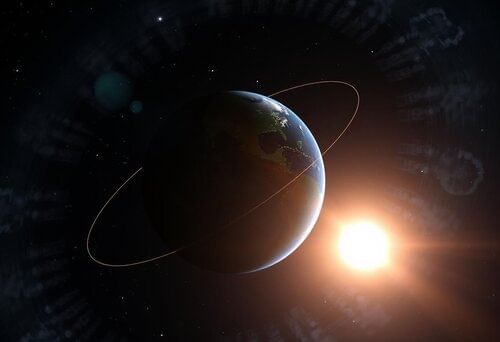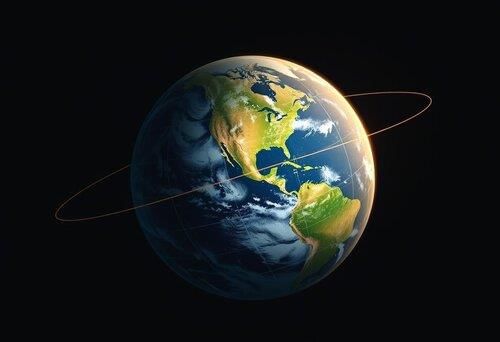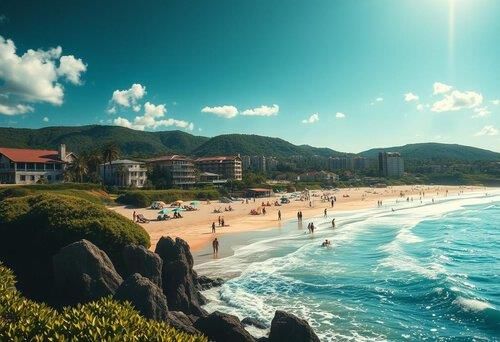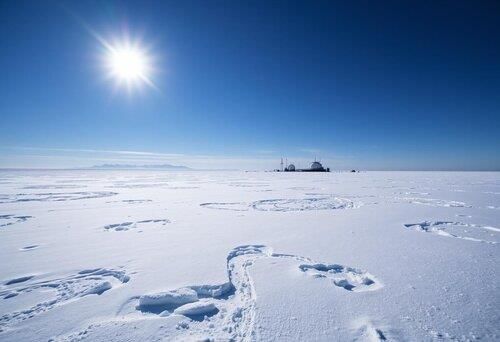|
The Earth takes approximately ___ days to complete one full orbit around the sun. |
Card: 1 / 30 |
|
The Earth takes approximately 365.25 days to complete one full orbit around the sun. 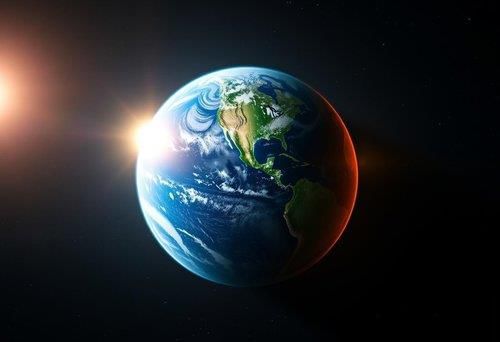 |
Card: 2 / 30 |
|
Fill in the blank: The average distance of the Earth from the sun is approximately ___ kilometers. |
Card: 5 / 30 |
|
Riddle: I am the reason why when it's summer in one hemisphere, it's winter in the other. What am I? |
Card: 7 / 30 |
|
In which hemisphere do countries experience summer when the northern hemisphere experiences winter? |
Card: 9 / 30 |
|
In December, the southern hemisphere is tilted toward the sun, experiencing ___ while the northern hemisphere experiences ___. |
Card: 11 / 30 |
|
In which months do both hemispheres receive equal daylight, resulting in spring or autumn? |
Card: 13 / 30 |
|
Fill in the blank: Regions near the South Pole may experience continuous daylight during _____. |
Card: 15 / 30 |
 Unlock all Flashcards with EduRev Infinity Plan Starting from @ ₹99 only
|
|
During which month is the northern hemisphere tilted toward the sun, leading to longer daylight hours? |
Card: 17 / 30 |
|
The variation is caused by the Earth's tilt and orbit, which affect the length of the day. |
Card: 20 / 30 |
|
Fill in the blank: The length of the day is calculated by subtracting the ___ time from the sunset time. |
Card: 21 / 30 |
|
During which season do leaves typically change color due to the breakdown of chlorophyll? |
Card: 23 / 30 |
|
False. Trees become dormant in winter, conserving energy and losing their leaves.  |
Card: 26 / 30 |
|
Fill in the blank: In spring, warming temperatures stimulate the growth of new ___ buds. |
Card: 27 / 30 |
|
Multiple Choice: Which of the following describes a state of inactivity that trees enter during winter? A) Photosynthesis B) Dormancy C) Migration D) Hibernation |
Card: 29 / 30 |





